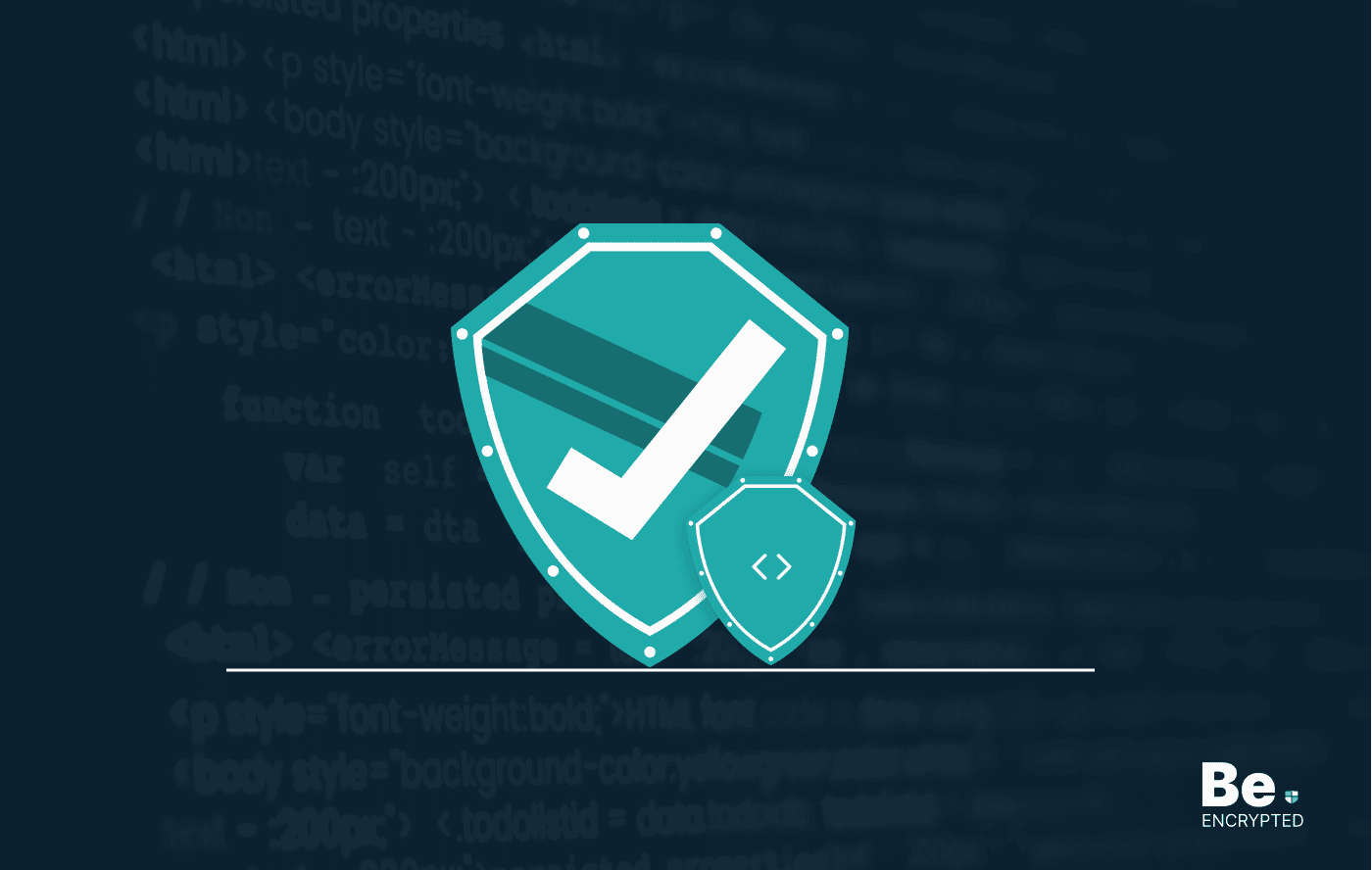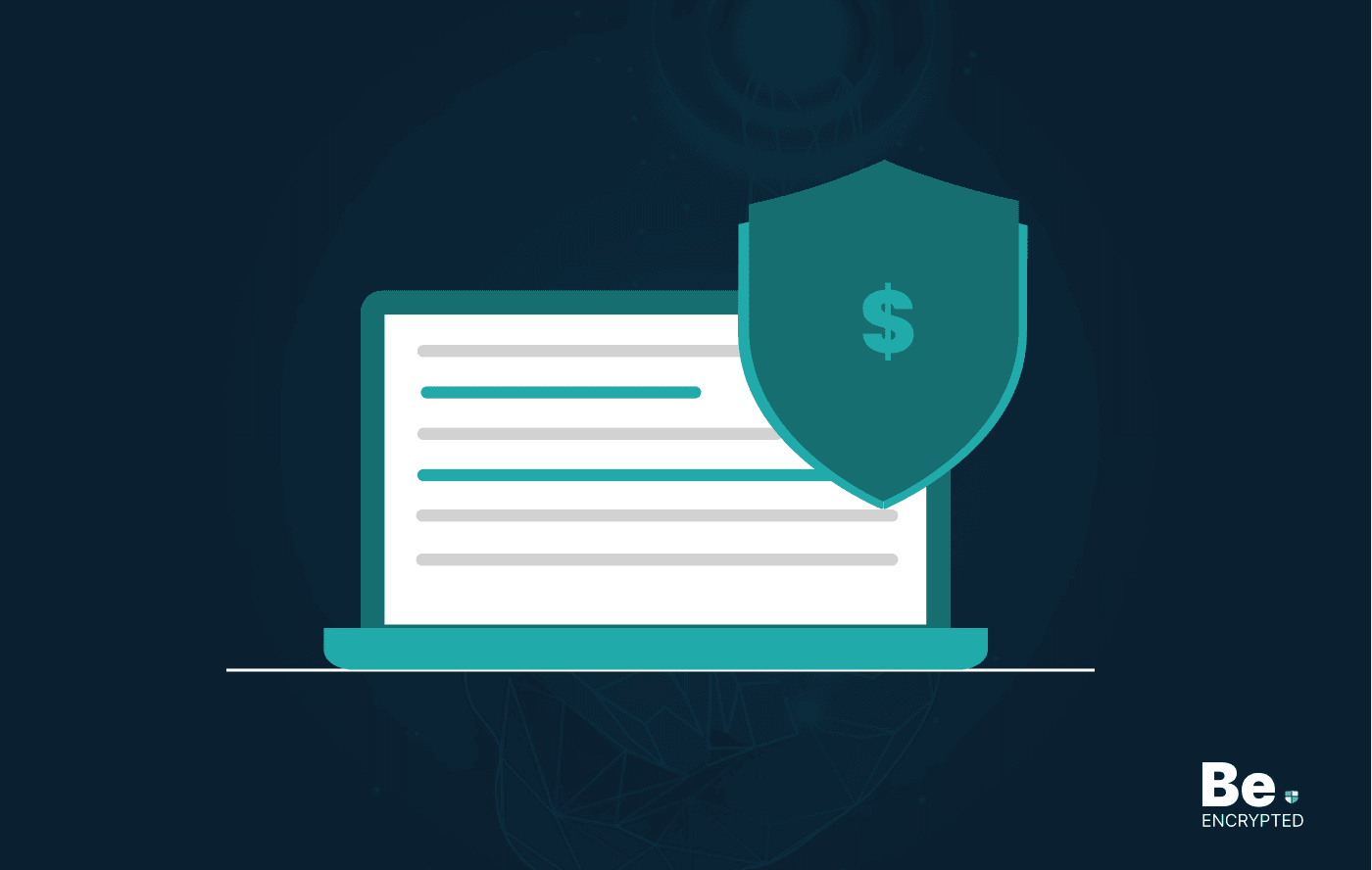According to the FBI’s Ransomware Prevention and Response for CISOs, “more than 4,000 ransomware attacks have occurred daily since January 1, 2016. This is a 300-percent increase over the approximately 1,000 daily attacks in 2015.” There are more cyberattacks, i.e., a rocketed risk of cyberattacks and other threats for organizations.
With the rising cyberattacks, every organization must implement cybersecurity solutions to counter the growing threats. But how does your organization confirm its security shield works? After all, you cannot test your security solutions without the right tool — a toolset called Breach and Attack Simulation. Let’s get to know it to understand its part in improving security.
What is Breach and Attack Simulation?
Breach and attack simulation is a set of technologies that “allow enterprises to continually and consistently simulate the full attack cycle (including insider threats, lateral movement, and data exfiltration) against enterprise infrastructure, using software agents, virtual machines, and other means” per Gartner.
That is, breach and attack simulation (BAS) is a toolset for stimulating cyberattacks on your organization to test your defenses. Of course, its benefits sound similar to those of penetration testing or white-hat hacking.
Why do organizations need BAS?
The feature that makes it stand out among other security testing solutions is its ability to continuously and consistently test your organization’s defenses with limited risks. Then, it validates your business’s security infrastructure and detection and prevention technologies. Moreover, it helps executive decision-makers address security gaps and suggests the best security solutions.
That is not all; breach and attack simulation, if complemented with penetration testing or red team exercises, assists in detecting the efficiency of your organization’s security teams in detecting and mitigating security attacks. But of course, you and your organization must act on the reports, work on filling the security gaps, and improve the security infrastructure; otherwise, it proves useless. So, it is essential to work on the findings to implement BAS.
“These tools promise to pretend to perform things similar to what the attackers will do (such as lateral movement, exfiltration, privilege abuse, perhaps exploitation, etc) in order to test how well your security controls (prevention, detection, response) work. Naturally, if you are not able to act on the findings, these tools will not do you any good, just like the pentests people [occasionally] ignore,”
wrote Anton Chuvakin, a member of the Gartner Blog Network.
How does BAS help improve security?
Though there are numerous security advancements, the hard reality is that it is hard to keep up with cybercriminals since they are relentless at trying out new techniques to breach your organization. The best methodology to harden your organization’s security infrastructure is executing or running cyberattacks.
However, there is a flaw with the security validation procedures: the penetration testing performed by the pen-testers is as good as their skills and time. So, the efficient way to fix this flaw is to automate and execute the techniques used by cybercriminals using breach and attack simulation tools and techniques.
Of course, it removes the human variable of those attacks or simulations, but it helps keep pace with the newest hacking methods and ever-changing enterprise networks. It can also assist your organization in making better vulnerability management investments. Moreover, you can test your improved security infrastructure with breach and attack simulations.
For example, suppose you have recently applied patches for crucial vulnerabilities (let’s say, Intel’s bugs named Meltdown and Spectre). In that case, you can use breach and attack simulation to run attacks on those vulnerabilities and check the effectiveness of the applied patches.
Additionally, breach and attack simulations are more beneficial in hardening your security infrastructure. First, BAS helps test your security infrastructure at regular intervals — continuously and consistently. Then:
1. Highlight gaps in security posture
Though your organization may have an expert security team, there may be gaps in its security posture. After all, there are too many layers of security, many products to monitor and secure, and too much configuration that may hinder the most efficient teams from staying in sync and seeing the number of odds.
Moreover, there are too many unknown variables in simulating cyberattacks that a team can cover everything every time. With breach and attack simulation, your security team can cover all known and unknown variables since the attacks are automatically performed — continuously and consistently. Your organization is better prepared and protected with breach and attack simulation tools since they find reports and help fill the holes in its infrastructure.
2. Prioritize the future investments
Without breach and attack simulation technologies, your organization works in the dark. Either your security infrastructure works or it does not on the day when cybercriminals attack your organization. In either case, the executives or decision-makers cannot ensure their investments are doing well.
With BAS, you know if your present investments are paying off. Then, you also get to know the security holes, so you know the terrible investments (or the lousy security solutions). Moreover, it helps understand the organization’s security posture, allowing you to prioritize future investments for the best results.
3. Verify existing security controls
As discussed, breach and attack simulation helps test the organization’s infrastructure and security controls. Since the environments, including the software and security tools, have grown highly complex, finding a difference between the expected and the actual outcomes is not uncommon.
After designing and setting up defenses, breach and attack simulation helps test those defenses, ensuring their strengths and reporting their weaknesses — continuously and consistently. Also, BAS suggests improvements to harden your organization’s security by updating the configuration of existing controls.
Share this article
About the Author
Rebecca James is an IT consultant with forward thinking approach toward developing IT infrastructures of SMEs. She writes to engage with individuals and raise awareness of digital security, privacy, and better IT infrastructure.
More from Rebecca JamesRelated Posts

How to Avoid Gambling Restrictions in 2024
KEY TAKEAWAYS Gambling is prohibited in multiple countries as it is addictive, and many people go ba...

20 Best Penetration Testing Tools For Security Professionals
KEY TAKEAWAYS If you’re in a hurry, then have a look at the list of 20 best penetration testin...

The Role of Developer Security in Software Development
KEY TAKEAWAYS The revolution of DevOps has reduced the SLDC and resulted in the creation of many sof...

How To Detect Hidden Cameras And Listening Devices? A Complete Guide
Many people feel like someone is watching them or listening to their conversations. They may be righ...

What is Virtual Firewall and How it Helps Us in 2024?
Scientists and technicians are trying to invent the latest technology protection to create barriers ...

10 Ways to Prevent Ransomware Attacks
KEY TAKEAWAYS Ransomware attacks are growing frequently and affecting every sector of the business i...


